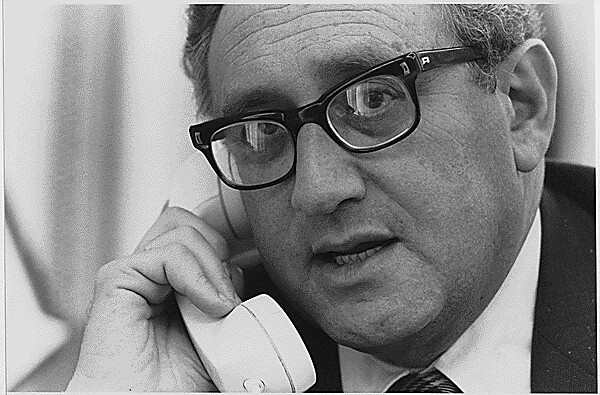“Inferno” Review: A Disappointing Adaptation of Dan Brown’s Thriller
November 30, 2016
* SPOILER ALERT for Inferno*
Released on October 28, the movie Inferno captured the attention of many people throughout the United States. This release comes after the film adaptations of Dan Brown’s two novels The Da Vinci Code and Angels and Demons. Famous symbologist Robert Langdon, a recurring character in Dan Brown’s previous novels and played by Tom Hanks, follows several clues to find a virus that could wipe out half of the world’s population. Ben Foster, the villain, creates this super-virus in order to save the earth from an exponentially increasing population. He reasons that it is better to suffer now than later.
The movie begins “in media res”, as Langdon wakes up in an Italian hospital, unaware of how and why he got there. Teaming up with a doctor named Sienna Brooks, he travels throughout Europe searching for the whereabouts of this new contagion, using both his knowledge of patterns and Dante’s symbolism to reach the right location. However, at the climactic point in the film, Sienna betrays Langdon by revealing how she only wants to ensure that the virus actually releases itself. Now teaming up with the World Health Organization, Langdon pursues a lead and travels to Istanbul, Turkey. There, he locates the virus in a thrilling final scene at the Basilica Cistern, an ancient cistern that lies beneath the city.
Although many people expected Inferno to be of the same quality as past Robert Langdon movies, this movie failed to effectively and coherently portray the plot. Indeed, comparing the events of the movie with those of the book, audiences will be left quite confused. New York Times reviewer Manohla Dargis commented, “The story may not make any sense, but they’re going to throw so much stuff at you — so many jumpy moves, so many tangled story threads — you might not notice (or care).”
Moreover, the differences between the novel and the film adaptation are profound. In the book, although believed to be lethal, the virus only renders a third of the Earth’s population infertile. In the final chapter, the protagonists learn that the virus had been released a week earlier, forcing the WHO to address the problem and accept Foster’s solution to overpopulation. In the movie, Langdon and the WHO prevent the contagion from spreading throughout the world.
Furthermore, the director Ron Howard significantly alters the character of Sienna. In the novel, although Langdon and the WHO believe that Sienna wants to release the virus, she actually just wants to destroy it herself, believing the government wanted to use it as a biological weapon. In the ending scene, Sienna kills herself with a grenade, hoping that the explosion will rip the bag containing the virus. Additionally, one disappointment in the movie was that the relationship between Langdon and Sienna was never answered. Because Sienna was killed in the final scene, the audience was left hanging on what could have developed between the two characters.
In all, although the movie did not meet the standards set by the prior two films, Inferno did capture some of the excitement and suspense from the book.



































